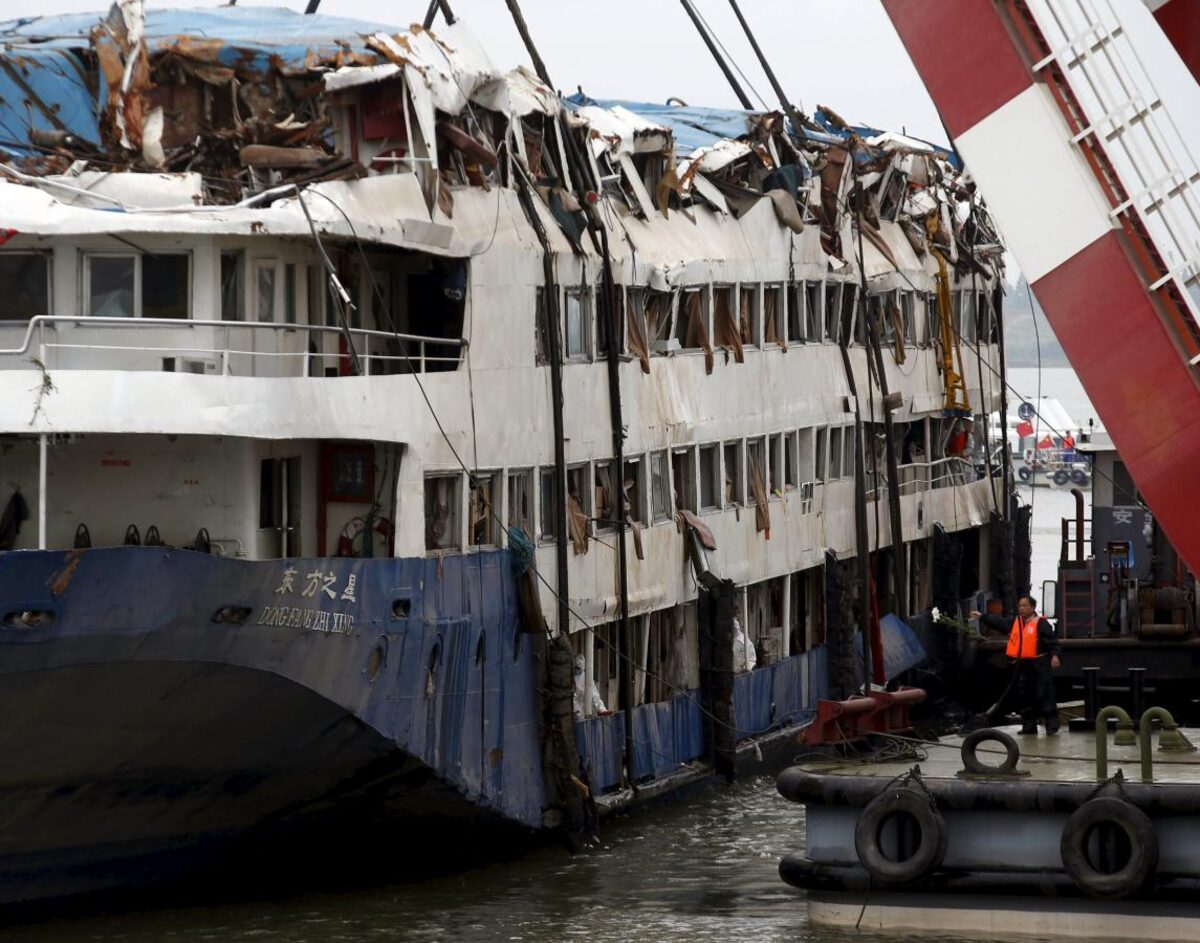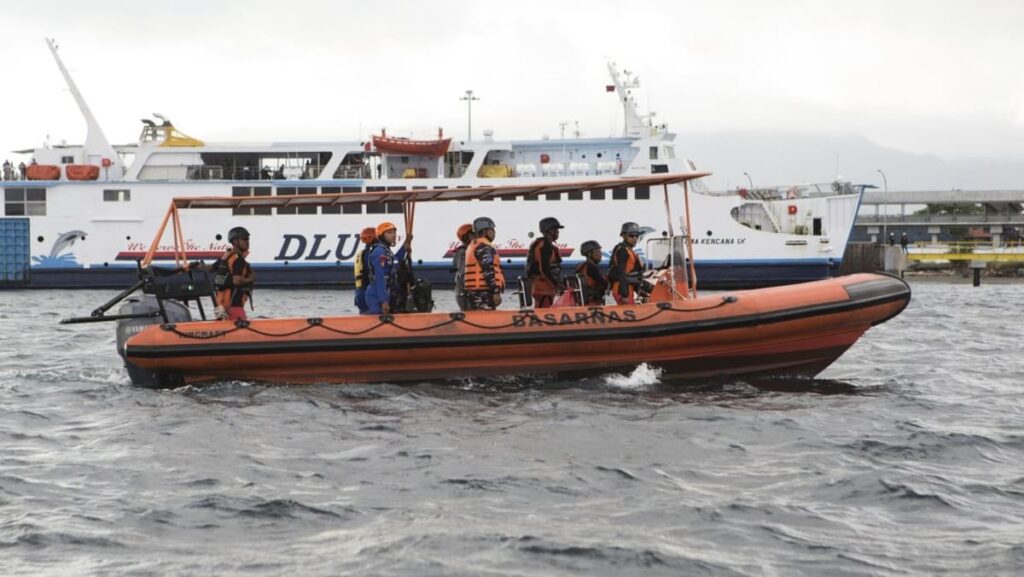By Melody Chan
Bolstering maritime safety is also a constant work in progress for other countries in Asia, such as China.
A decade on, China’s deadliest peacetime maritime disaster remains a defining moment – not only for the scale of its tragedy, but for the changes it set in motion.
In June 2015, the cruise ship Eastern Star capsized while sailing along the Yangtze River, killing 442 people. Most of the victims were elderly tourists.
Investigations found that the vessel had sailed into a fierce thunderstorm. Gale-force winds and driving rain, coupled with human error and oversight failures, resulted in the tragedy.

The disaster led to a wave of reforms as safety protocols and emergency responses across China’s inland waterways came under review.
Authorities tightened sailing rules in bad weather, raised ship design standards, introduced real-time tracking, and enhanced crew safety training. Older vessels were phased out and blacklists were created to bar unsafe operators.
It once took eight hours for rescuers to reach the Eastern Star. Today, provinces like Jiangsu have established rapid-response zones where help can arrive within an hour, and most passenger vessels are now equipped with smart alert systems and emergency escape tools.
The numbers reflect that shift. Reported deaths from waterway transport accidents fell by over 60 per cent between 2015 and 2023, according to the country’s Maritime Safety Administration, though the 2015 tally was unusually high due to the Eastern Star disaster.
But risks remain, especially along smaller rivers and in rural areas.
At least two fatal incidents have occurred across China in the past few months, all involving sudden, powerful winds.
In May, four sightseeing boats capsized in Guizhou province during a sudden storm, leaving 10 dead. Experts later confirmed record wind speeds, amplified by the area’s complex terrain.
Just earlier in July, a leisure boat carrying 29 passengers capsized at Dongjiang Lake in Hunan province. Two died, while 27 were rescued. Investigators said the boat was hit by a sudden gust of wind just moments before it overturned.
The rise in sudden, violent gusts, whether from localised storms or broader monsoon activity, has raised questions about shifting wind patterns as climate change increasingly makes its mark.
Wang Lin, a researcher at the Center for Monsoon System Research under the Chinese Academy of Sciences, told CNA that typhoons typically have limited impact on inland areas like Hubei – where the Eastern Star sank – but pose greater risks along the eastern coast.
“Over the past decade, we’ve observed a noticeable trend of typhoons shifting northward and strengthening, which suggests growing risks for northern China,” said Wang.
At the same time, he noted that China’s current ability to forecast typhoon paths and intensity is relatively advanced, with a strong capacity to respond to associated risks.
Beyond climate risks, lapses in safety measures remain a concern.
Overloading, lax licensing and insufficient early warnings over extreme weather have emerged as recurring factors in China’s recent maritime incidents.
While enforcement has strengthened along major waterways like the Yangtze River, unregistered ferries and tour boats continue to operate across smaller rivers and inland lakes.
And as rural tourism grows and storms intensify, experts say the next challenge will be ensuring those upgrades reach the smallest boats – before the next gust hits.
https://www.channelnewsasia.com/asia/southeast-asia-ferry-capsize-tragedy-malaysia-indonesia-maritime-safety-5233401


